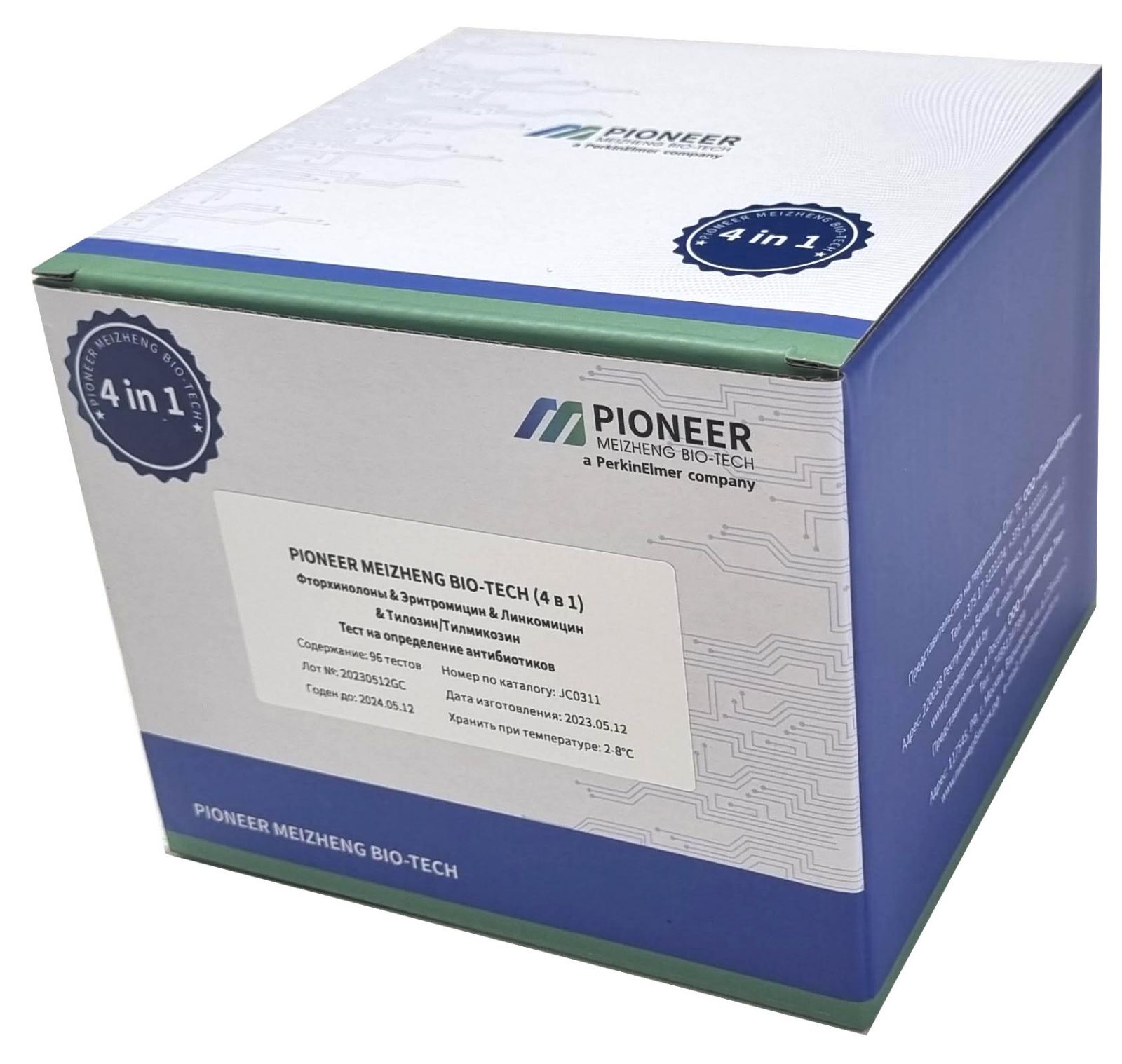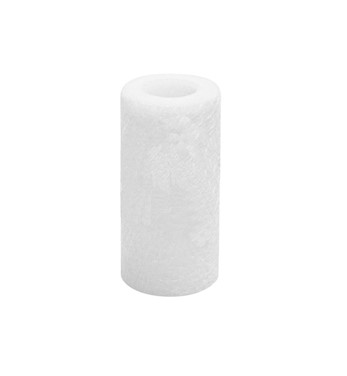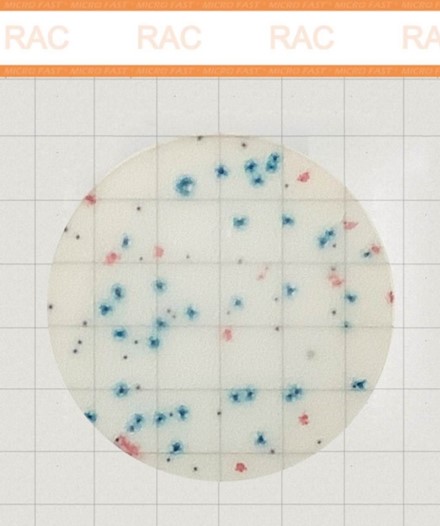Lithuania did not allow two Tesla Cybertrucks to be exported due to sanctions against Russia
Photo: Customs of the Republic of LithuaniaPhoto: Customs of the Republic of LithuaniaPhoto: Customs of the Republic of LithuaniaPhoto: Customs of the Republic of LithuaniaPhoto: Customs of the Republic of LithuaniaPhoto: Customs of the Republic of LithuaniaPhoto: Customs of the Republic of LithuaniaPhoto: Customs of the Republic of LithuaniaPhoto: Customs of the Republic of Lithuania
At the Shalcininkai border crossing, two Tesla Cybertruck electric vehicles worth more than €200 thousand were not released, Lithuanian customs reported. According to the department, they planned to EXPORT them through Belarus to Russia.
After the start of the military operation in Ukraine , the EU banned the export of cars worth more than €50 thousand to Russia. Later, the restrictions expanded and affected new and used cars with engines over 1.9 liters, electric cars, hybrids and a number of automotive components. In case of violation of these requirements, secondary sanctions are provided for those who help Moscow circumvent the restrictions. In particular, European brand rights holders can revoke the license of car or parts manufacturers in other countries. Russia considers Western sanctions illegitimate and calls for their removal.
Lithuanian customs initiated an investigation into smuggling and violation of international sanctions. The drivers were released after questioning, but the cars were not returned to them.
The department noted that in 2023, almost every second car exported to third countries (Belarus, Kazakhstan , Uzbekistan and others) costing more than €50 thousand later ended up on the Russian market.
According to Autostat data, in Russia in the first quarter of 2024 , the number of passenger car sales amounted to about 356 thousand, compared to 171.3 thousand for the same period last year. Their main share came from Chinese brands such as Geely, Haval, Chery, Changan, EXEED, OMODA, Lixiang and TANK. Also, the domestic Lada occupied a dominant position in the market, noted Autostat.
In October 2023, the Ministry of Industry and Trade reported an increase in the share of new Russian cars and buses in the market to 50%. According to the department, over the nine months of last year, Russia produced almost 719 thousand domestic passenger cars (about 79.3%), 103 thousand trucks (11.4%), 71 thousand light commercial vehicles (7.8%) and 13 thousand buses (1.4%).




























































